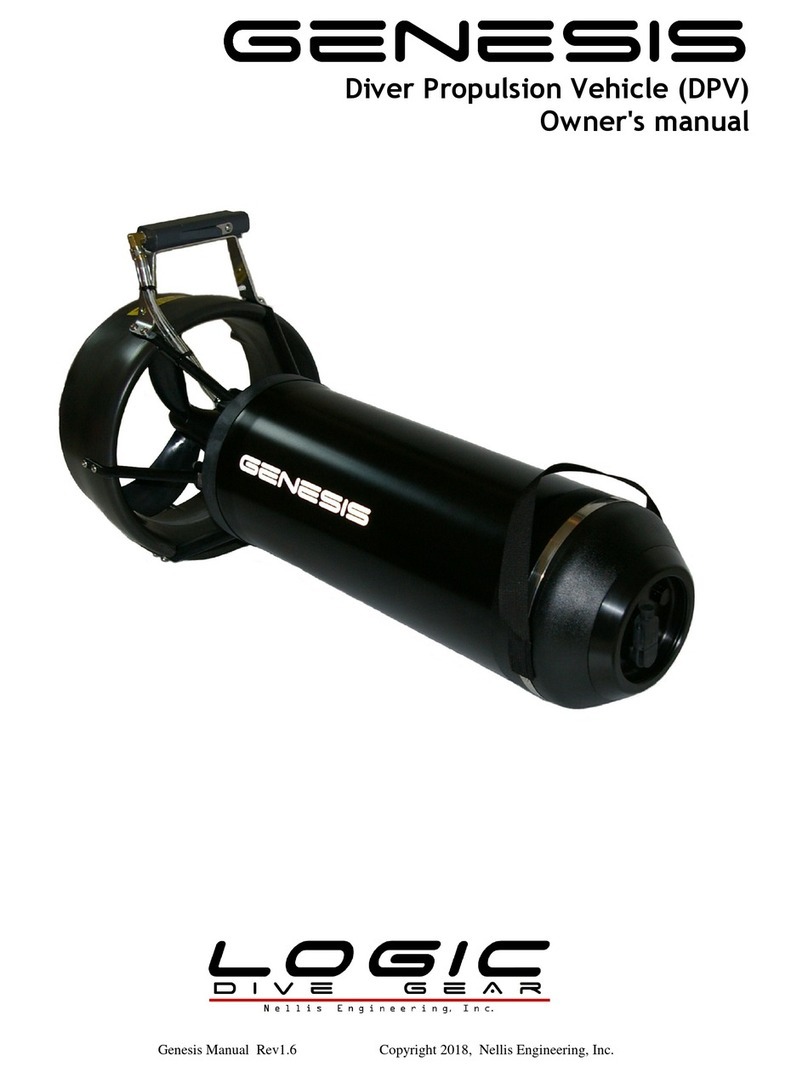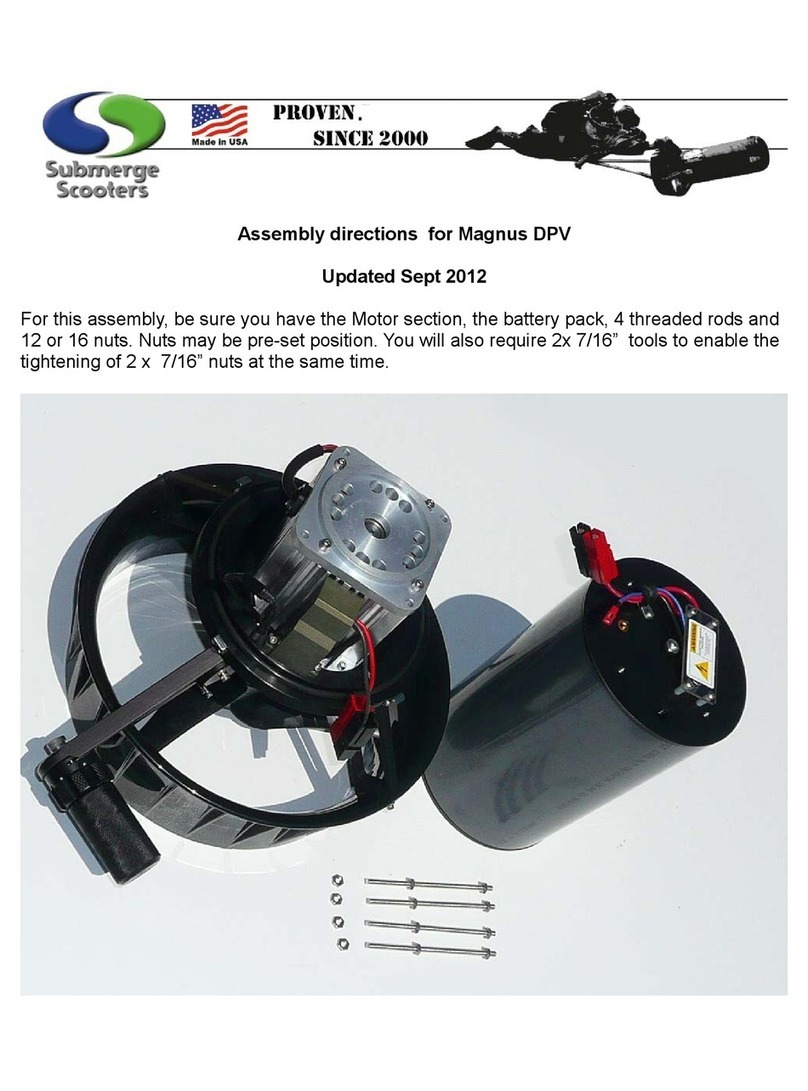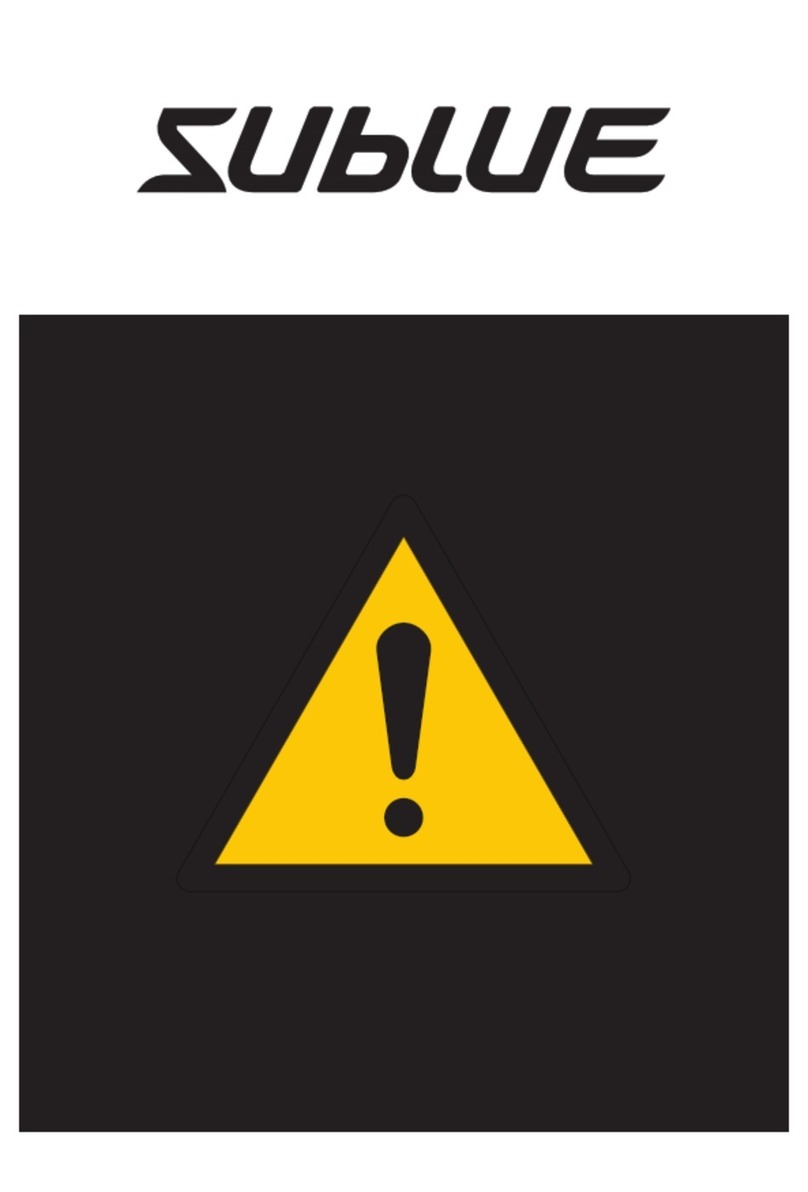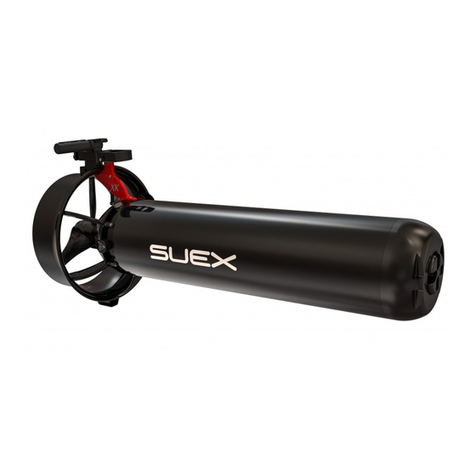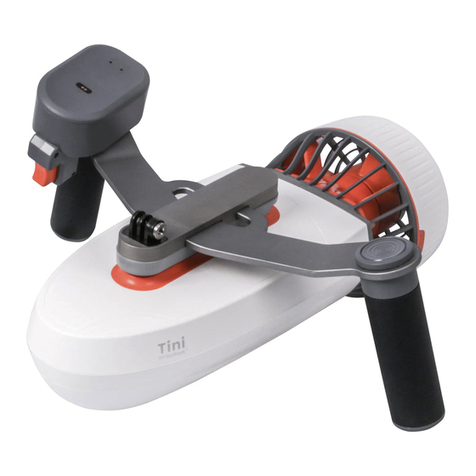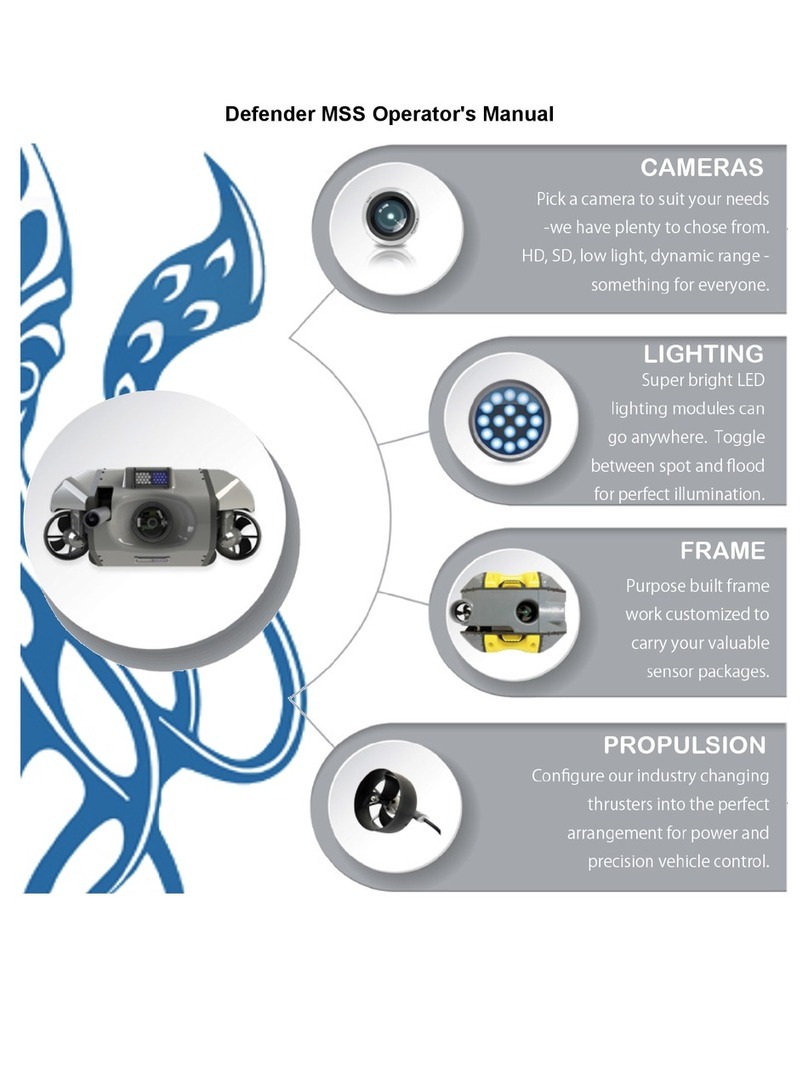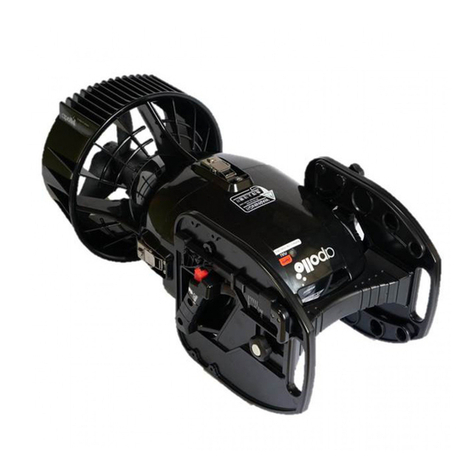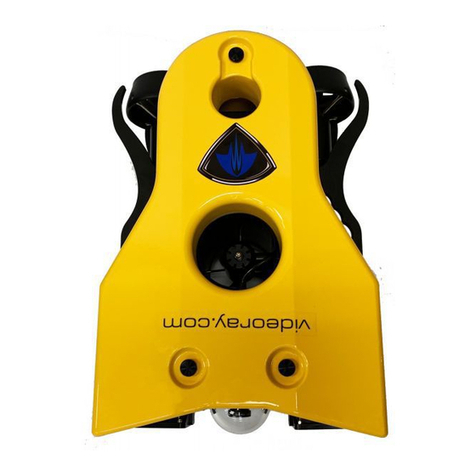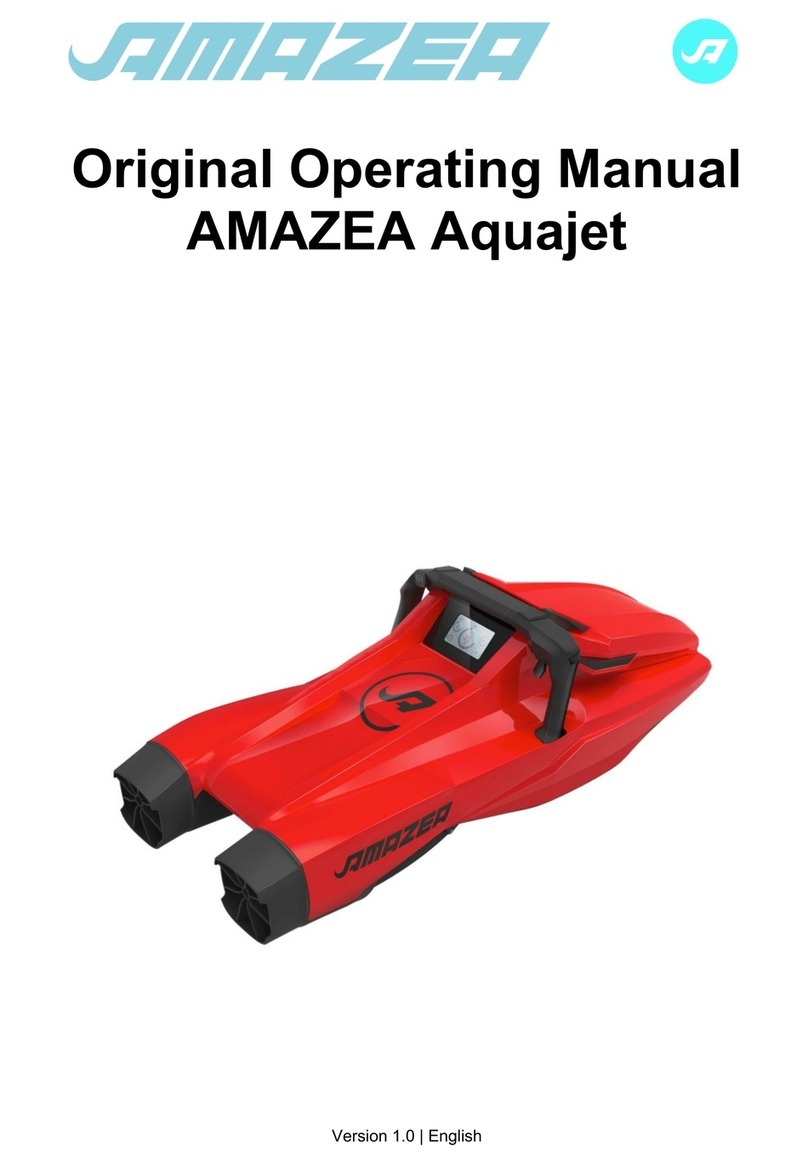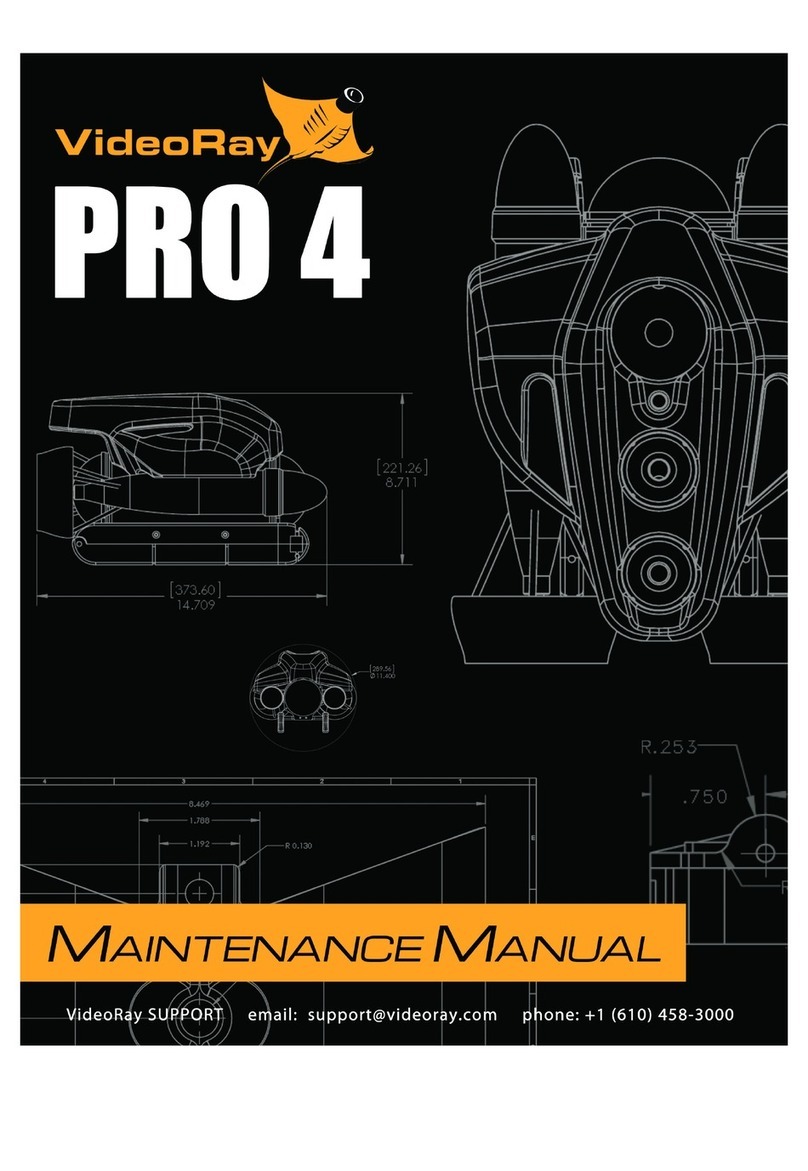
TABLE OF CONTENTS
1-1
TITLE PAGE TITLE PAGE
MANUAL INFORMATION..........................Inside Front Cover
NOTES ......................................................................................i
SAFETY INFORMATION......................................................2-1
OPERATION AND SERVICE INFORMATION .....................3-1
BEFORE INITIAL USE ................................................................................3-1
Fig. 1 Initial Service Chart ..........................................................3-2
TERRAIN .....................................................................................................3-2
VEHICLE CAPACITY ..................................................................................3-2
MODIFICATIONS TO VEHICLE ..................................................................3-2
COMMON SENSE OPERATION .................................................................3-3
POWER CONSUMPTION ...........................................................................3-3
ENVIRONMENTAL CONCERNS ................................................................3-4
OPTIONAL WINCH .....................................................................................3-4
OPERATION OF THE WINCH ...............................................................3-4
Fig. 2 Winch Mounted to Vehicle ................................................3-4
Fig. 3 Winch Remote Control .....................................................3-5
Fig. 4 Winch Clutch Knob ...........................................................3-5
WINCH APPLICATIONS ........................................................................3-5
Fig. 5 Never Operate Winch with Less Than
Five Turns Around Drum ..................................................3-6
Fig. 6 Do Not Hook Cable to Itself ..............................................3-7
Fig. 7 Use a Nylon Sling and
Install a Damper when Winching ......................................3-7
Fig. 8 Do Not Pull at Angle .........................................................3-7
CONTROLS AND INDICATORS .................................................................3-8
KEY/LIGHT SWITCH ............................................................................3-8
Fig. 9 Key/Light Switch, Low Oil Pressure Light and Fuel Gauge 3-8
DIRECTION SELECTOR .......................................................................3-9
Fig. 10 Direction Selector ...........................................................3-9
CHOKE ...................................................................................................3-9
Fig. 11 Choke .............................................................................3-9
FUEL GAUGE ........................................................................................3-9
LOW OIL PRESSURE INDICATOR LIGHT ...........................................3-9
ACCELERATOR PEDAL .....................................................................3-10
Fig. 12 Accelerator and Brake Controls ...................................3-10
COMBINATION BRAKE AND PARK BRAKE PEDAL .........................3-10
HORN ...................................................................................................3-10
Fig. 13 Horn Button ..................................................................3-10
LOAD BED ................................................................................................3-11
ELECTRIC LIFT BED OPERATION (ST350 ONLY) ............................3-11
Fig. 14 Electric Lift Switch ........................................................3-11
OPERATING THE VEHICLE .....................................................................3-12
RUN-IN .................................................................................................3-13
Fig. 15 Check Oil Level on Dipstick .........................................3-13
COLD STARTING ................................................................................3-14
STARTING AND DRIVING ..................................................................3-14
STARTING THE VEHICLE ON A HILL ................................................3-14
COASTING ..........................................................................................3-14
FUEL ....................................................................................................3-15
Fig. 16 Fueling .........................................................................3-15
BATTERY .............................................................................................3-15
LABELS AND PICTOGRAMS ..............................................................3-16
SUN TOP AND WINDSHIELD .............................................................3-16
12 VOLT POWER OUTLET .................................................................3-16
Fig. 17 12 Volt Power Outlet ....................................................3-16
TOWING A TRAILER ...........................................................................3-16
VEHICLE CLEANING AND CARE ...........................................................3-17
VEHICLE CLEANING ..........................................................................3-17
VEHICLE CARE PRODUCTS ..............................................................3-18
REPAIR .....................................................................................................3-18
LIFTING THE VEHICLE .......................................................................3-18
Fig. 18 Lifting the Vehicle .........................................................3-19
WHEELS AND TIRES ..........................................................................3-19
Tire Repair .....................................................................................3-19
Wheel Installation ..........................................................................3-20
Fig. 19 Wheel Installation .........................................................3-21
LIGHT BULB REPLACEMENT ............................................................3-21
Fig. 20 Headlight and Turn Signal Bulb Replacement .............3-21
Fig. 21 Tail and Brake Light Bulb Replacement .......................3-22
FUSE REPLACEMENT ........................................................................3-21
VEHICLE WITH A DISCHARGED BATTERY ......................................3-21

